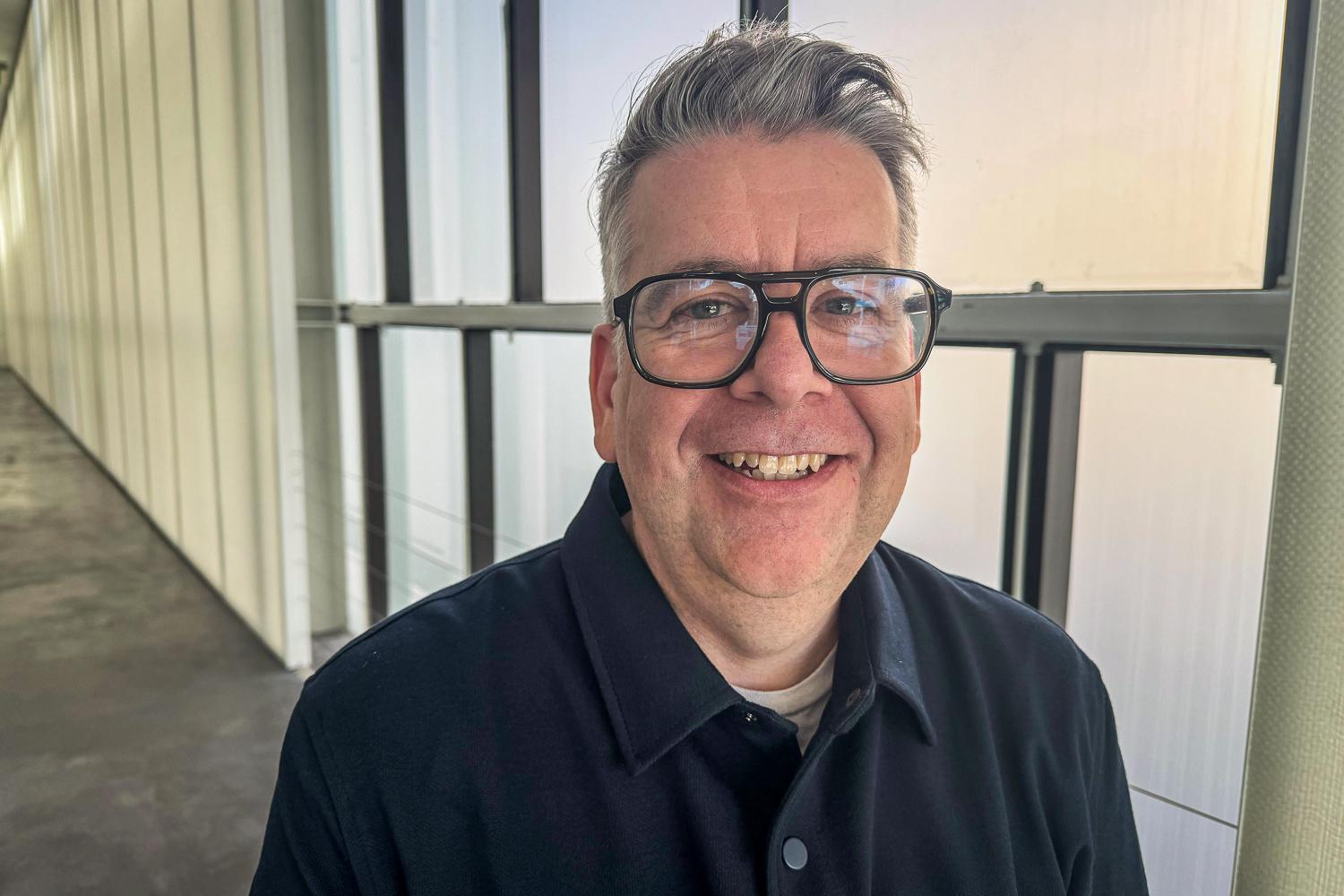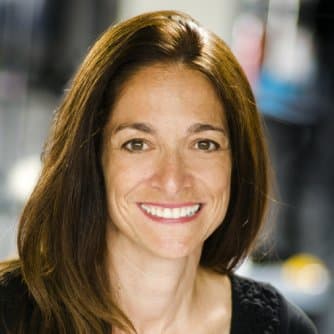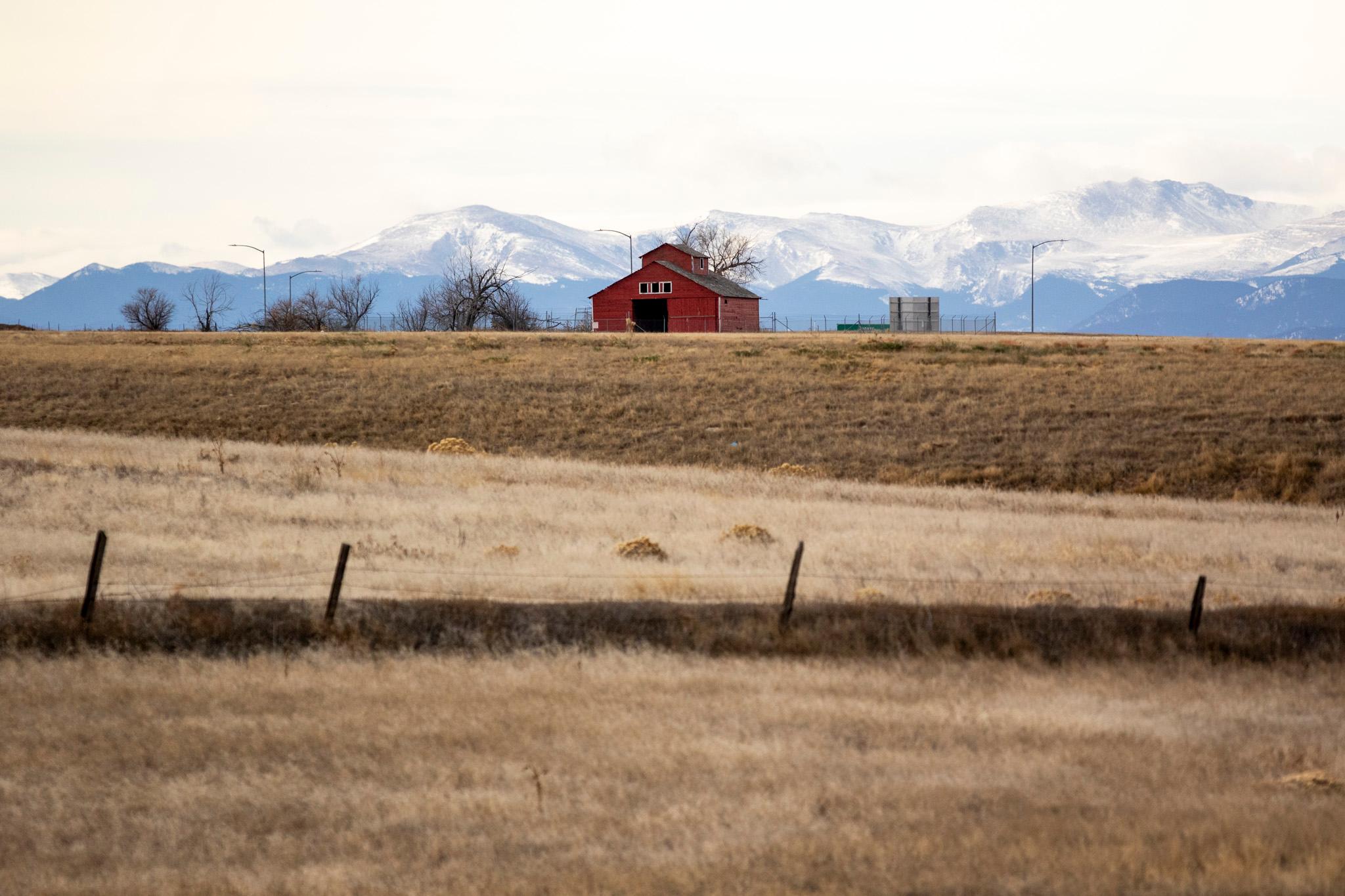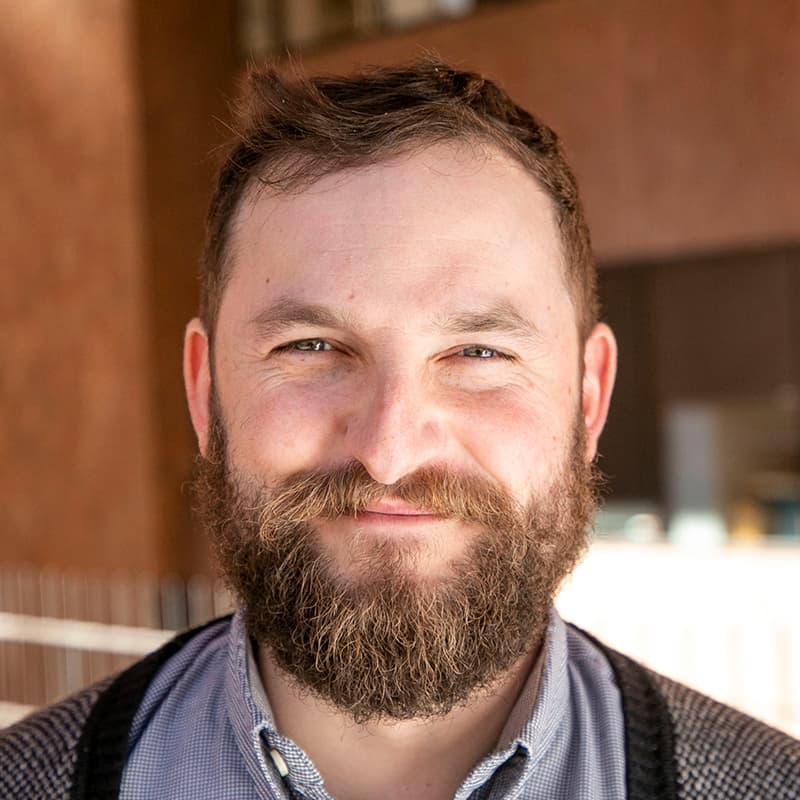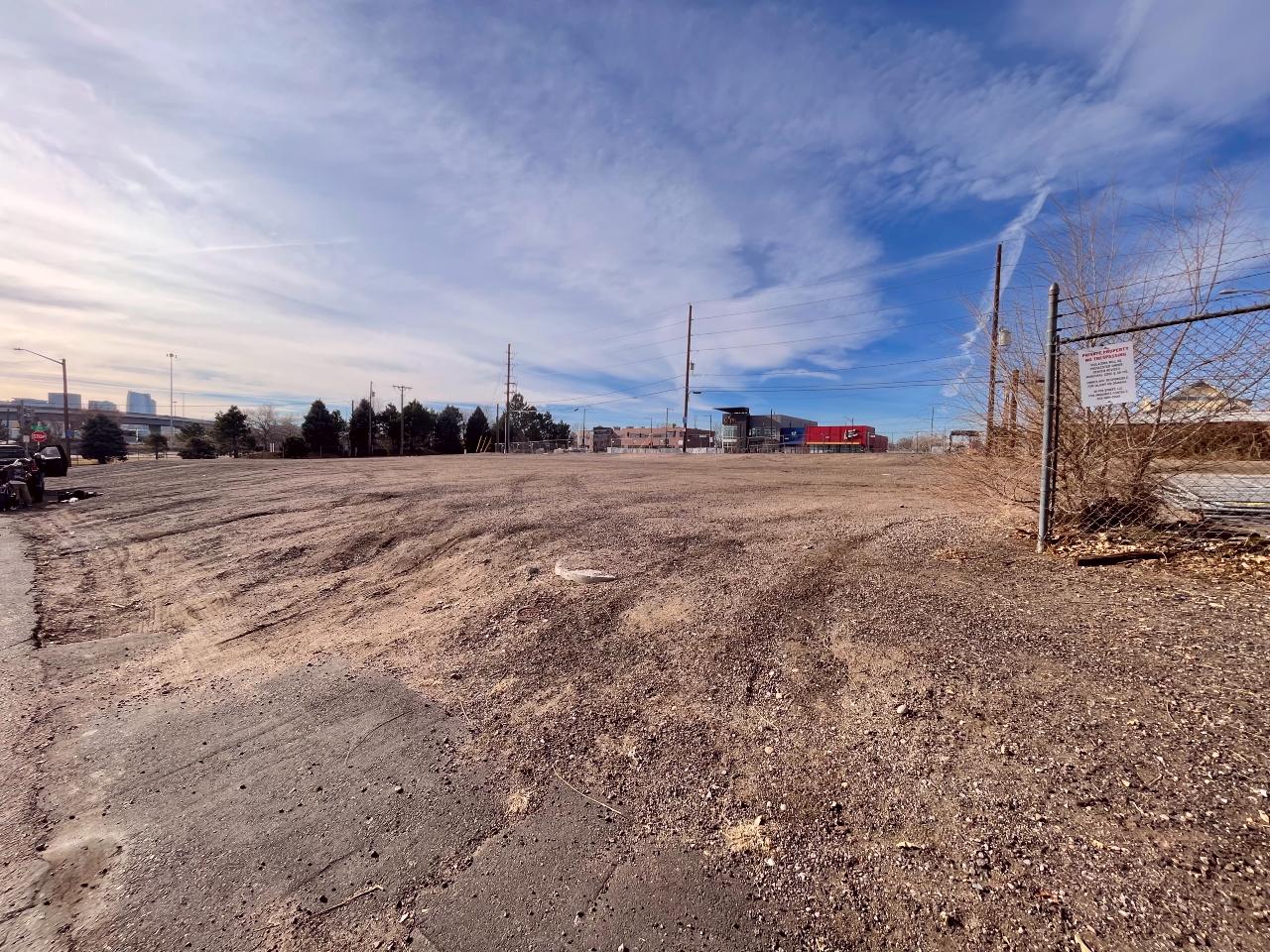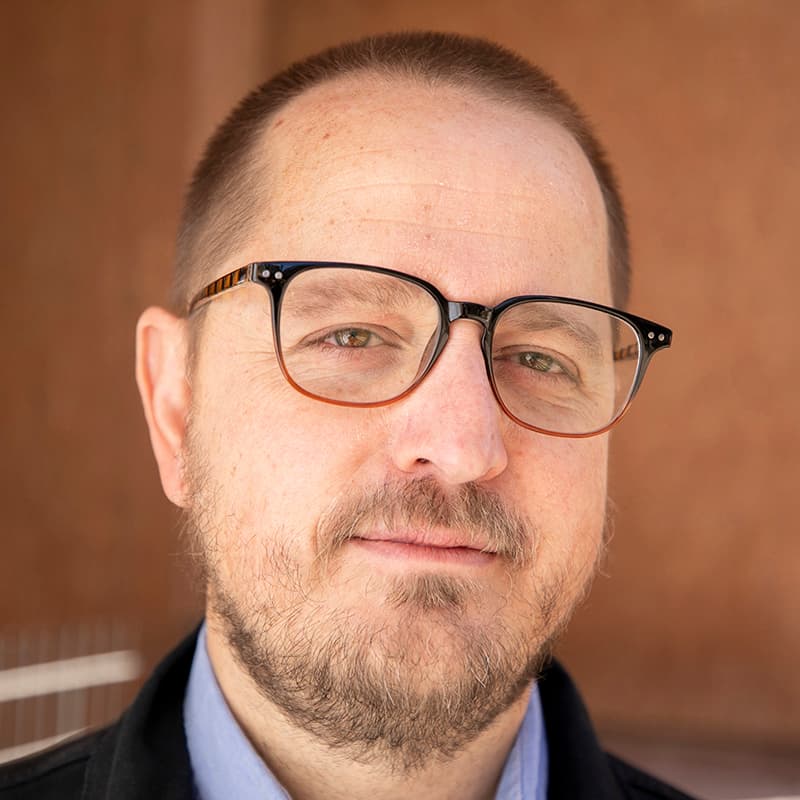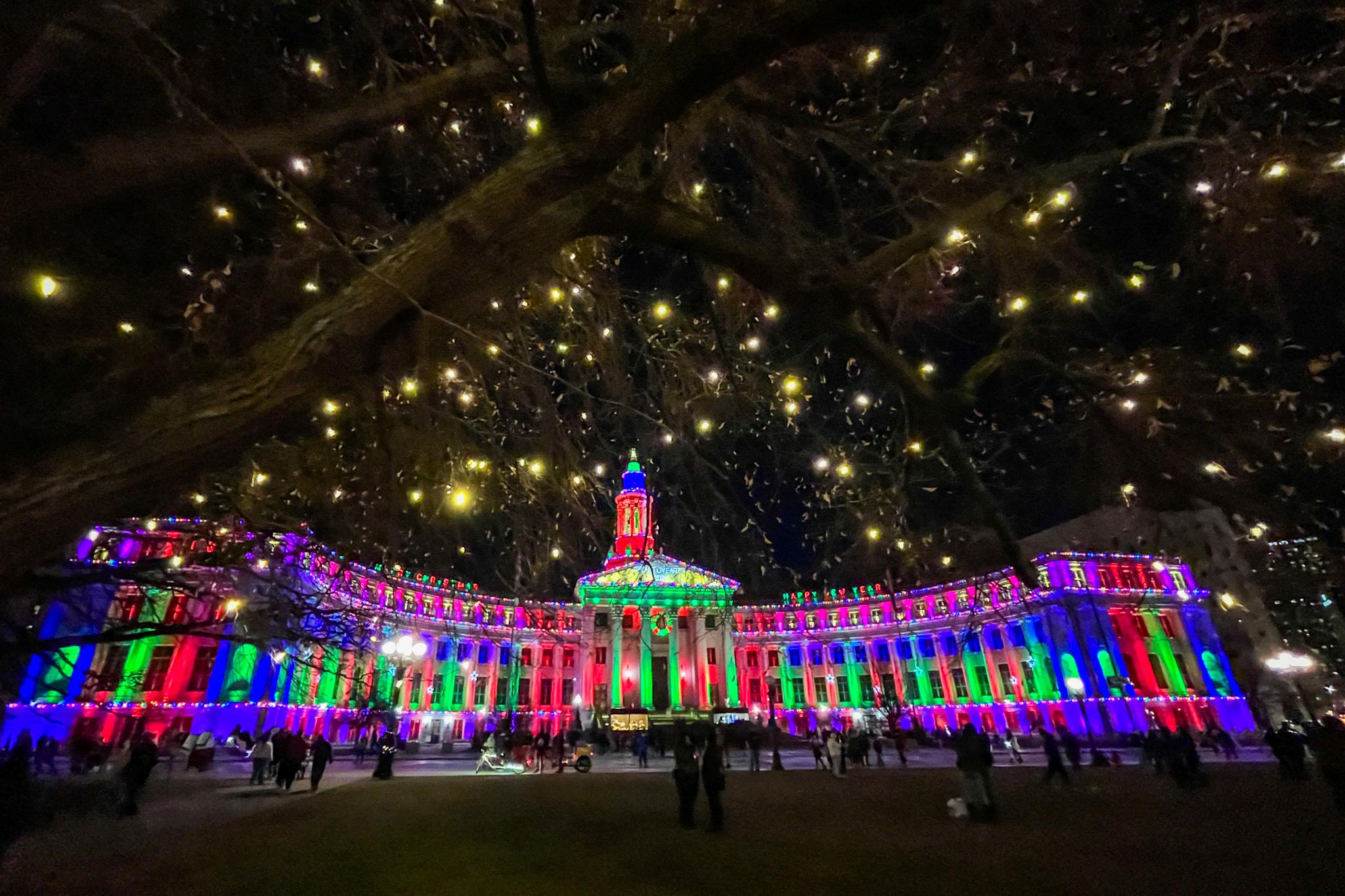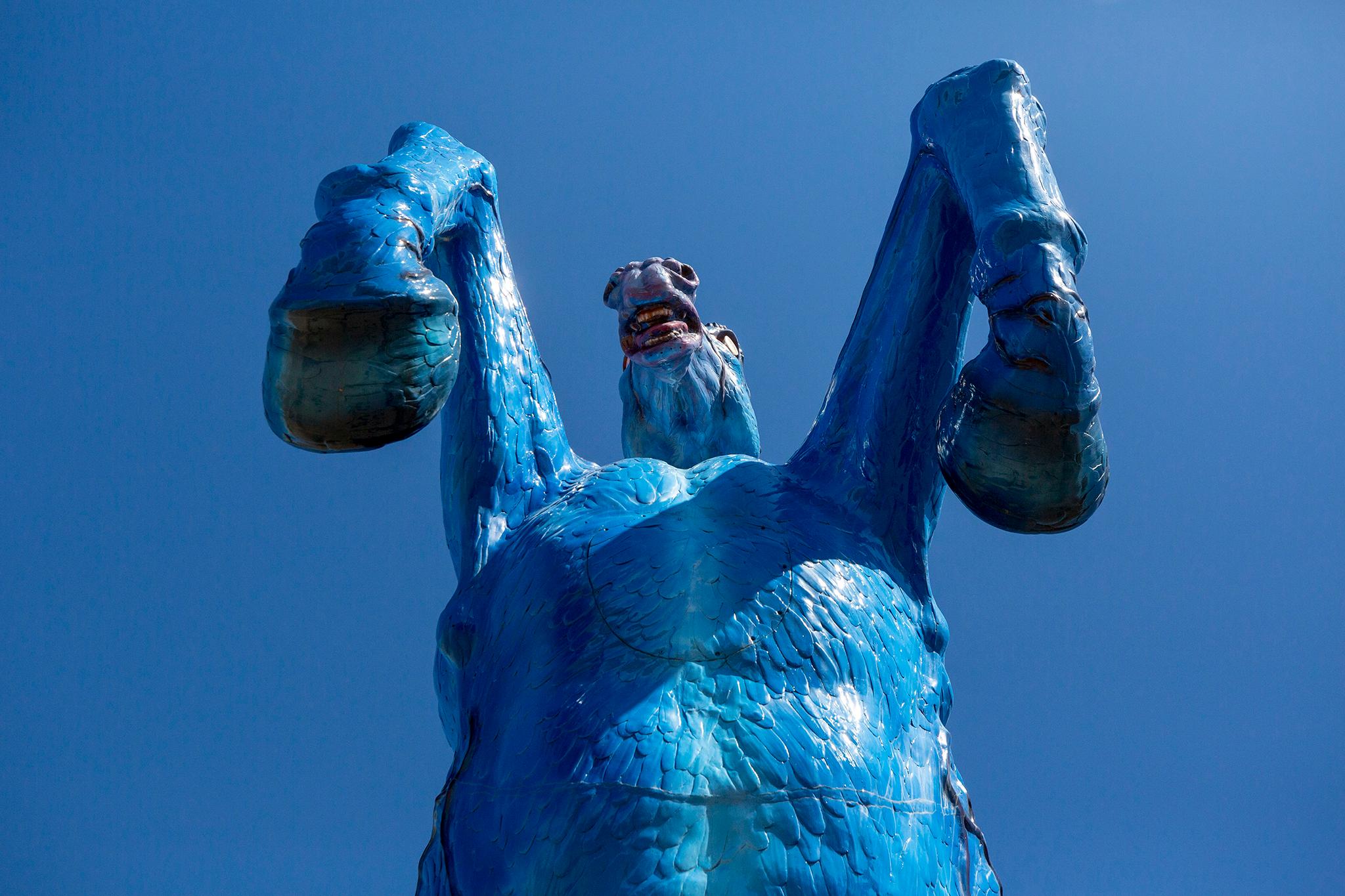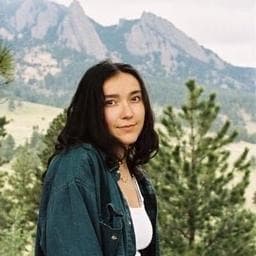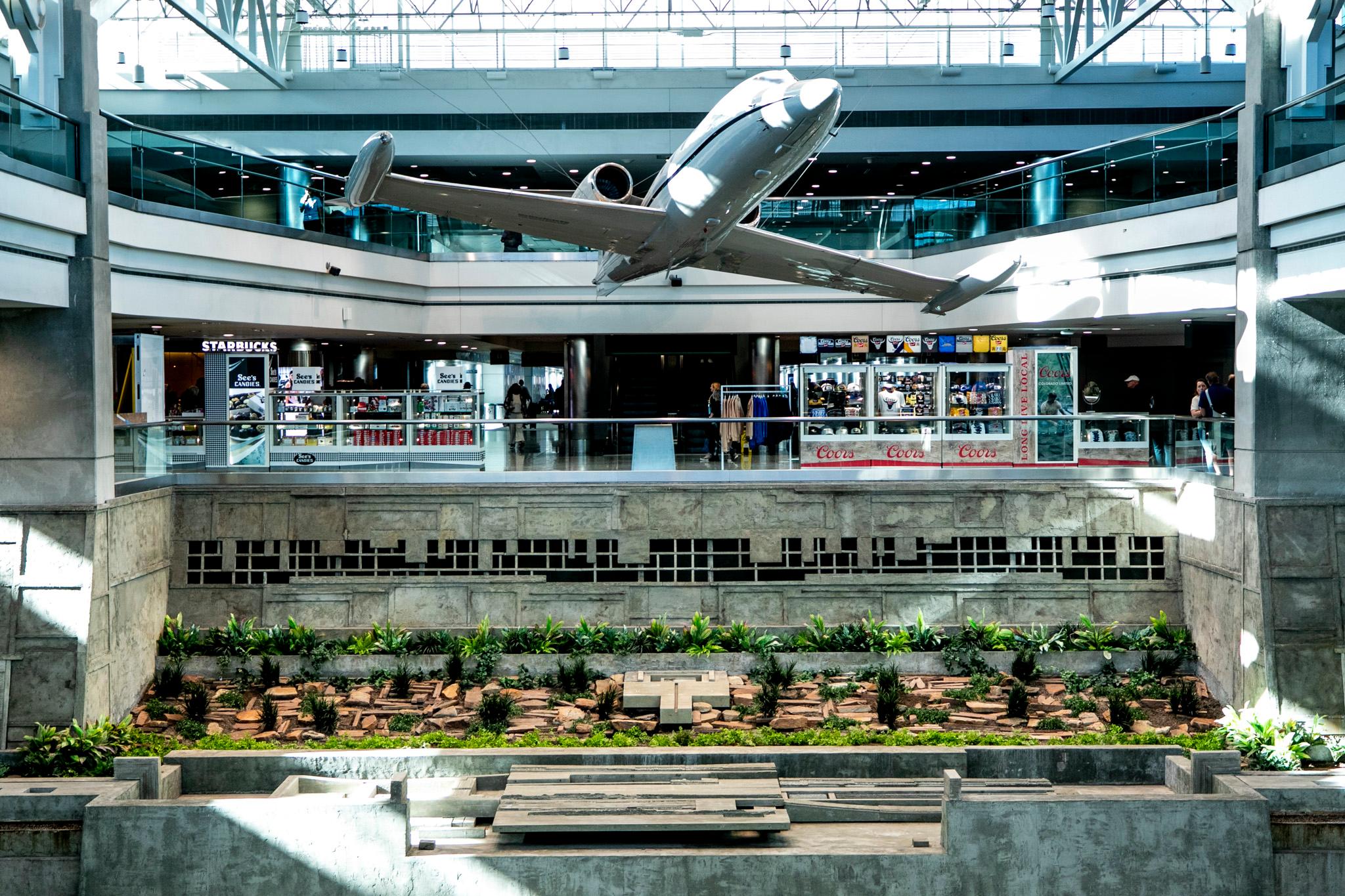The Museum of Contemporary Art Denver has chosen a new director.
Anthony Kiendl (pronounced like the e-reader) comes most recently from the Vancouver Art Gallery. The dual U.S.-Canadian citizen has spent much of his career with our neighbors to the north, including stints in Saskatchewan and Alberta, as well.
But art is everywhere Kiendl goes.
“As a curator, I think it’s important to remember that we do these amazing exhibitions, but then people go out and look at the Jumbotron at a football game, and it’s all within a continuum,” he said.
Kiendl replaces Nora Burnett Abrams, who left Denver earlier this year to lead the Institute of Contemporary Art Boston.
Here are highlights of his conversation with Colorado Matters Senior Host Ryan Warner, lightly edited for length and clarity.
Was there art in your childhood bedroom?
That's such a great question. No one has ever asked me that before. There certainly was Dr. Seuss. One of my favorite early books was called “Harriet The Spy” by Louise Fitzhugh. She did the drawings. But all kinds of toys and popular culture. I'm really interested in art as a part of visual culture— everything from cartoons and comics to television, film, even clothing. It's all visual culture. And that's what has always motivated me.
How much do you think your role is fostering the local arts community? For instance, if there's a Colorado artist reading this — someone who might not even picture themselves in a museum — are you the gateway?
I think it's very important that we are here for Colorado artists, that we not only show their work, but we give them opportunities. That includes being able to tour their artwork, to publish their artwork, to help them have a voice outside of the region. Similarly, I think the museum plays a role in bringing the most compelling art from all over the world to Denver. It's that kind of back-and-forth conversation that makes MCA such a rich cocktail of local and international ingredients.
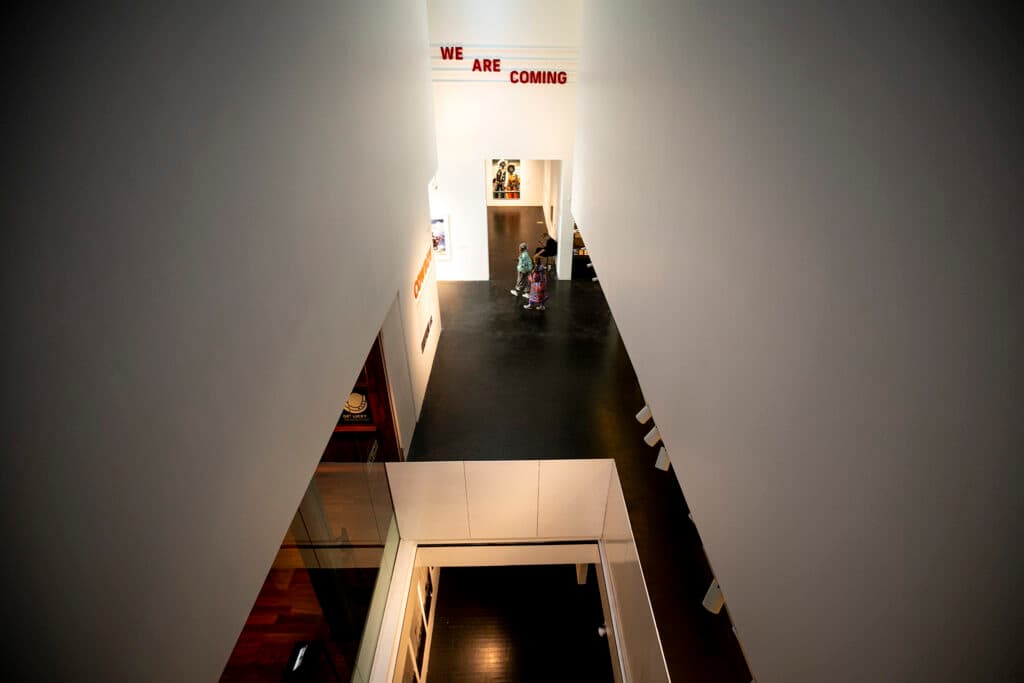
I don't mean to bring up an ex, but you and the Vancouver Art Gallery parted ways in March. This was right as the museum was in the planning stages of a new building. The museum cut ties with you and the architecture firm that designed it. Apparently, the costs for the project were hefty. Is there anything you want to share about that chapter?
Absolutely. I was at Vancouver Art Gallery for five years and part of a building project that has extended over 20 years. I am very proud of what we accomplished, particularly in revising the design for the building. We invited four local Indigenous artists to collaborate with Swiss architects Herzog & de Meuron. But it was the fourth design of the building. What happened has a lot to do with the economy post-COVID and inflation in the construction industry.
So it was a moment to take a pause, and I decided I’d done my part in the project. I built an incredible leadership team. I am totally confident and excited to see where they take it going forward … and more excited to think about Denver and the future. And that's why I decided to step away.
Can I assume that someone who leads a contemporary art museum gets to work with more living artists than a leader of a different museum?
It is true. At a museum of contemporary art, we are almost always dealing with living artists. That's part of the excitement. Art is about ideas. It's about emotions. It's about people and their stories. It's about current events. I love being able to meet people, to talk to people, to learn about their lives, and share their art with a wide audience.
You have been praised for your work with First Nations in Canada. It made me think of the Southern Ute in Colorado, the Ute Mountain Ute, and the many Indigenous groups that were displaced, the Arapaho, for instance. Any thoughts about working with those communities here at MCA Denver?
In terms of Indigenous host nations, I consider myself at first an uninvited guest. So, like a good guest, I think my first step is to listen and understand the history and the context of the millennia-long culture that has existed here and the artists who have worked here for centuries.
I'm very excited by the culture of this region. I hope that what I have accomplished in the past with First Nations and Native American or Indigenous artists lends me some insight. But I don't presume to be an expert. The First Nations in any North American region are unique in the world, and it's something to be so excited about and proud of. So I'm coming with an open heart and open mind and look forward to learning.
